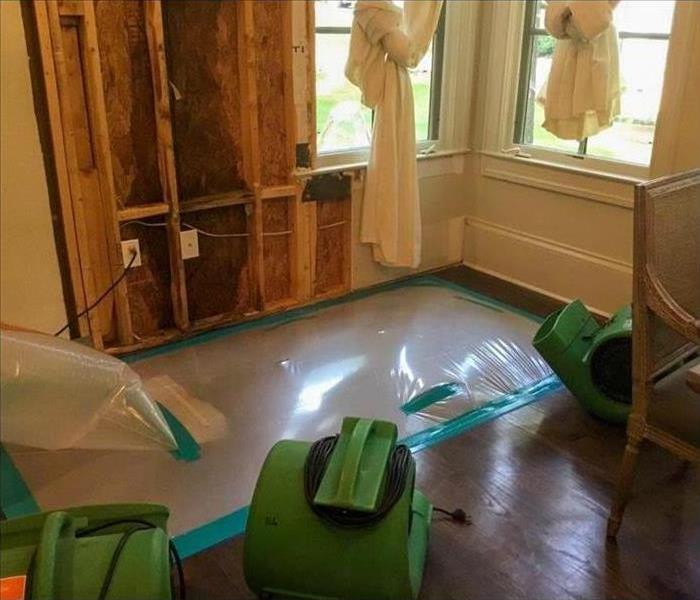Get the Facts About Secondary Damage After a Flood
1/29/2022 (Permalink)
Secondary damage is a term used to describe factors such as high humidity and black mold. Water damage can develop fast in Nashboro Village, TN, and it usually does not take long for significant problems to result. You should be aware of what damage can happen and what to do about it so that you can take the appropriate action.
Understanding Types of Secondary Water Damage
You should know what the different types of secondary water damage are in order to know what to look for following a flood or similar water problem. The following are what you should be aware of:
- Mold growth, which can start to occur in as little as 24 hours
- Corrosion of certain metal components and materials
- Damage to your personal belongings and elements, such as flooring and walls
- Electrical damage if the water is able to penetrate sockets and anything else powered by electricity
- Wood rot when wood is allowed to remain wet for a prolonged period of time
Employing the Proper Cleaning Techniques
Beginning cleanup quickly can be imperative to saving your possessions. If you get started with cleaning up excess water fast enough, you may be able to prevent, or at least reduce, black mold and other damage. Make sure to get all of the water out after shutting off all utilities to the impacted area. Run a dehumidifier and open windows to finish drying out the space. From here, you may want to use warm water and detergent that produces limited suds to thoroughly scrub the space. Once you complete this task, go back over everything with a sanitizing solution, and make sure that it dries completely.
You are now aware of the issues that can result from black mold and other types of secondary water damage. With this information, you have the knowledge necessary to better detect these problems and eradicate them as quickly as possible.




 24/7 Emergency Service
24/7 Emergency Service
